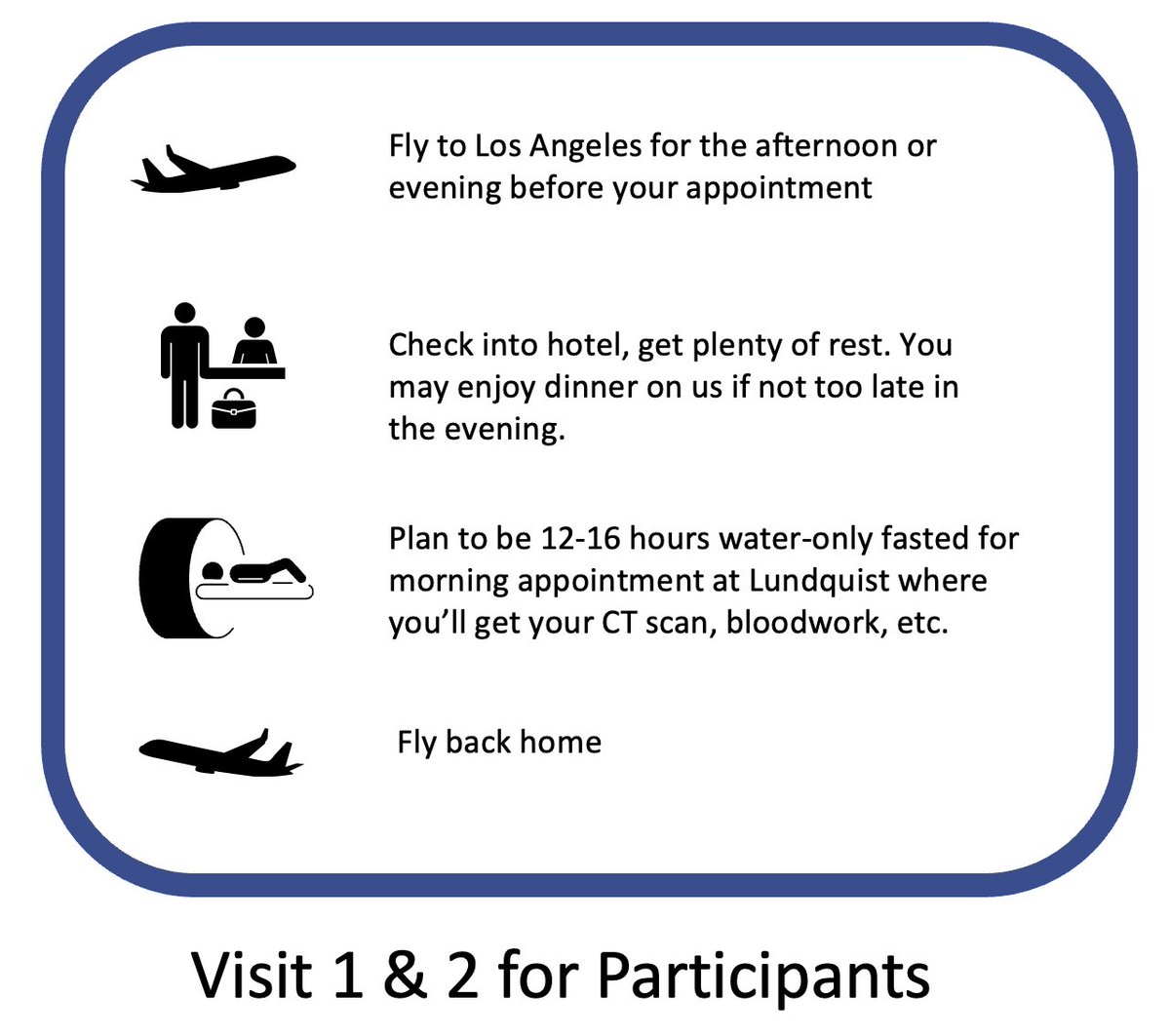1/ So allow me to get engineer-y for a moment -- I was really happy with how the structure of this debate played out.
To recap:
- We worked out having 5 minutes uninterrupted from each for opening statements to the featured questions...
To recap:
- We worked out having 5 minutes uninterrupted from each for opening statements to the featured questions...
2/ - After that, we moved into the "unstructured, conversational" portion of the debate on that question.
Since I said I'd give a polite warning whenever either participant ran over 5m, it seemed both took around 5m each in a back-and-forth during this phase...
Since I said I'd give a polite warning whenever either participant ran over 5m, it seemed both took around 5m each in a back-and-forth during this phase...
3/ To be sure, both participants might have the other interject for clarifications or to make a point briefly, but it was almost never abused.
And my general rule was to give the one being interrupted some extra time to complete their point. And overall, this worked very well.
And my general rule was to give the one being interrupted some extra time to complete their point. And overall, this worked very well.
4/ When both participants know the moderator is keeping a close eye on the time and seeking to enforce equal parity, I think it makes them feel more comfortable waiting for the other to finish and less of a need to interrupt and talk over them to get enough time in.
5/ And well... I know I'm biased in this case, but I think this overall format really delivered a lot of substance from both of them. I felt by the end that there was quite a bit of ground covered, yet each managed to challenge each other on the areas we were expecting anyway.
6/ Of course, I again have to credit both @BioLayne and @DoctorTro for being professionals. Structure is pretty useless if each participant isn't already onboard with having a productive debate in the first place.
• • •
Missing some Tweet in this thread? You can try to
force a refresh












